Category: Latter-day Saint Thought
-
Perils on every side
Our unhappy political moment has unfortunately corrected a longstanding asymmetry in ideologically-driven exit options.
-
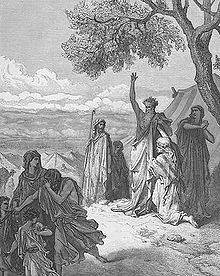
Reconsidering the Curse of Ham
In a candid moment in January 1858, an early Church leader named Zerah Pulsipher told his family that: “Most of you are young therefore you have the advantage of me because [yo]u have less Gentile Traditions to over com[e].”[1] This is an interesting observation from Pulsipher—all of the early Church members (including leaders) were converts…
-

“Come, Follow Me” and The Family: A Proclamation to the World
The “Come, Follow Me” manuals for 2021’s course of study are available online now. Looking ahead to the next year, I have been curious to see if they were going to stick strictly to the scriptures related to the history of our modern dispensation (Doctrine and Covenants and parts of the Pearl of Great Price),…
-
Calls to the Quorum of the Twelve: An Analysis
For something relatively out of the blue, I want to take a moment to consider potential future candidates for the Quorum of the Twelve. The Quorum of the Twelve and the First Presidency are the highest in authority in the Church and are important in policy making and in defining the doctrine of the Church,…
-

The Rise and Decline of the Angel Moroni
If you were to ask someone what the founding vision of the Restoration was at different points in our history, I suspect that you would get different answers. Certainly, for us today, the First Vision stands out. Throughout much of the nineteenth century, however, it seems that the visit of the Angel Moroni was what…
-
Nephi and the Garden Tower: A Children’s Play
This week’s Come, Follow Me lesson covers the story of Nephi praying on a tower in his garden, drawing a crowd, and revealing facts about the murder of the chief judge that he could only know through revelation. As I read the lesson, I felt like the story was highly dramatic! So, for my family,…
-
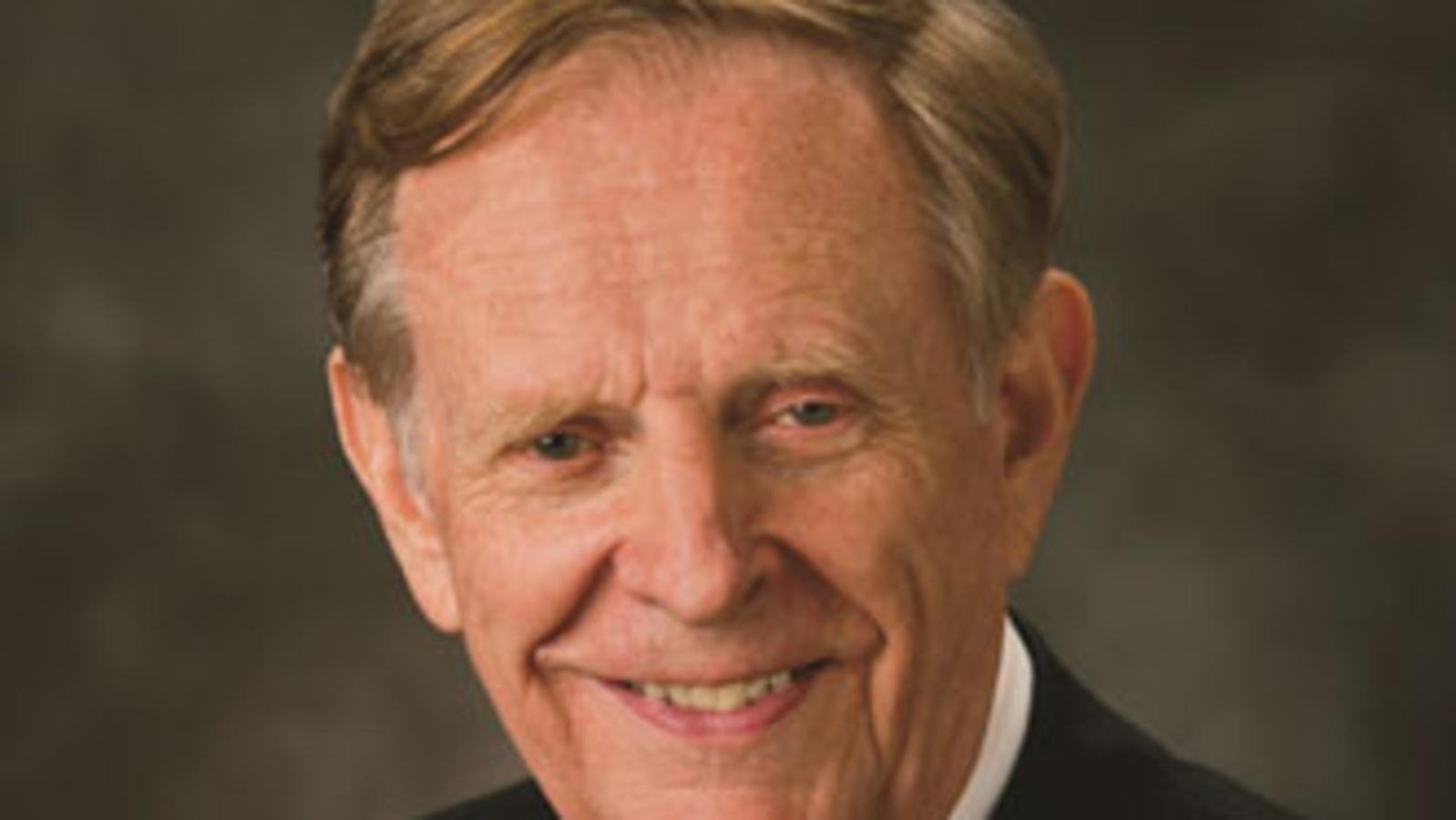
Thoughts on the Gold Plates
We round out the 10 questions interview series on Joseph Smith’s translation with a discussion between Richard L. Bushman and Kurt Manwaring about the gold plates. We’ve had a good run of interviews with scholars who have worked hard to examine the essential historical records surrounding Joseph Smith’s translation projects in order to find a…
-
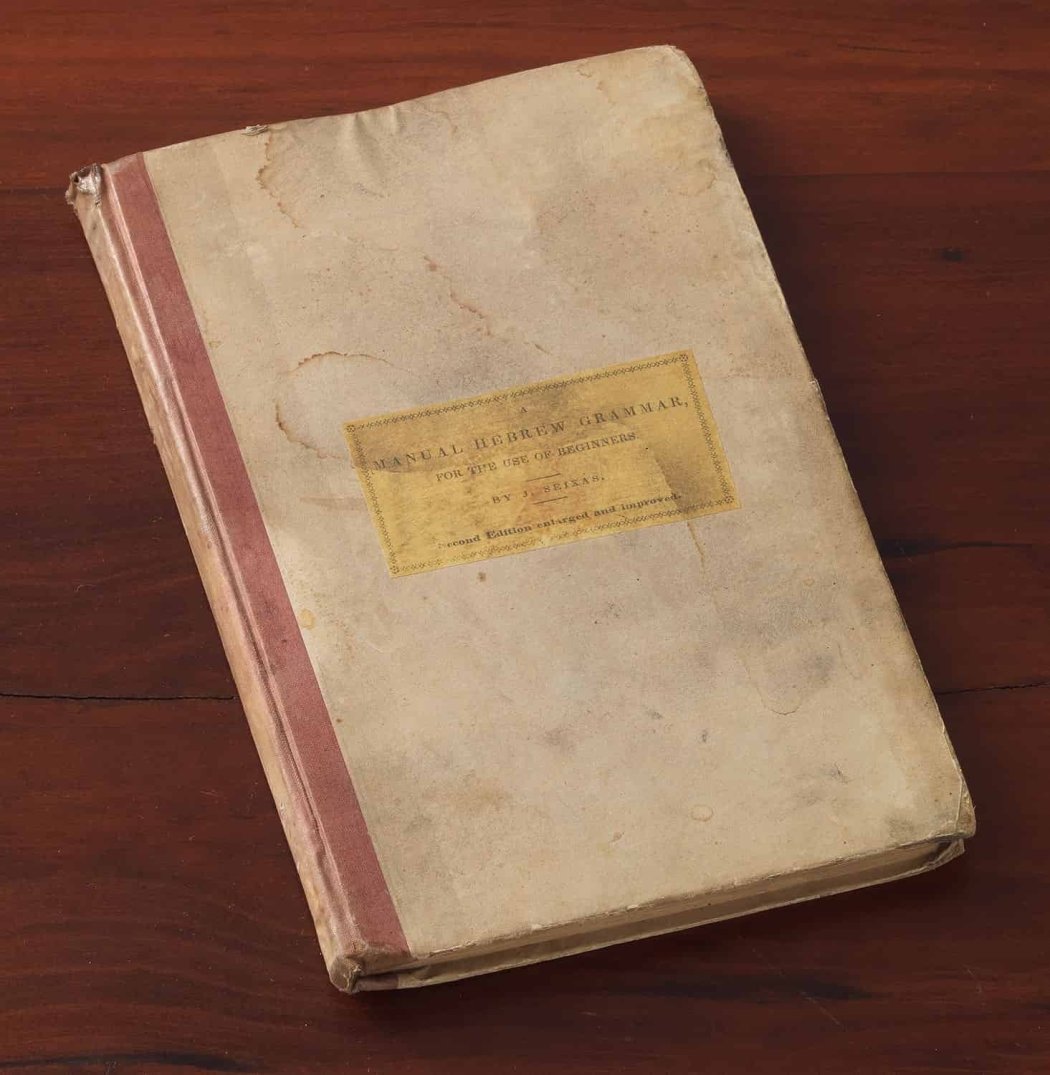
Hebrew Studies and the Book of Abraham
We’re continuing our discussion of Joseph Smith’s translations and the recently-released volume Producing Ancient Scripture today, turning to the Book of Abraham in an interview with Matthew Grey. This is a co-post to Kurt Manwaring’s interview with Matthew Grey, where he discusses his research about the ways in which Joseph Smith’s study of Hebrew affected…
-

Translation and the Adam Clarke Commentary
Kurt Manwaring has continued his interviews focusing on Joseph Smith’s translations with a discussion with Thomas Wayment about the Joseph Smith Translation of the Bible. In the interview last week, some of the editors of recently-published volume Producing Ancient Scripture made a point of discussing the findings of Thomas Wayment and Hayley Wilson-Lemmón about the…
-
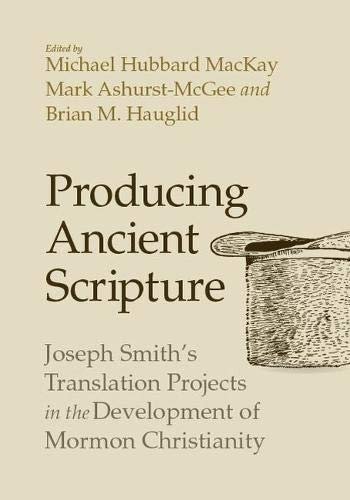
Joseph Smith’s Studies and Translations
It has been a big year for volumes that discuss Joseph Smith’s translation projects, with contributions ranging from Terryl Givens and Brian Hauglid’s The Pearl of Great Price: Mormonism’s Most Controversial Scripture last October, to William L. Davis’s Visions in a Seer Stone: Joseph Smith and the Making of the Book of Mormon this April,…
-

Reconsidering the Curse of Cain
Eugene England once shared an experience he had with the prominent Latter-day Saint Church leader, scriptorian, and doctrinaire Joseph Fielding Smith. President Smith had written extensively on the subject of the priesthood and temple ban against individuals of black African ancestry, offering rationales for the ban that have since been disavowed by the Church. During…
-

The Metaphysics of Translation
Understanding the nature of Joseph Smith’s translation efforts is an important part of understanding his ministry and the religions that have emerged from the early Latter Day Saint movement. Whether the Book of Mormon, the Joseph Smith Translation of the Bible, the Book of Abraham, or (as some might argue) the temple endowment ceremony, his…
-

A Small and Simple Quote
As I’ve been studying the “Come, Follow Me” material lately and talking about it with family, I’ve had a quote from Michael Crichton’s book Jurassic Park come to mind a few times. There are a few statements in this section of Alma that have brought it to mind. The first is found in Amulek’s words…
-

The Wagon Box Prophecy and the Temples
History is a fascinating world to explore, with many twists and turns along the way as we come to understand more about the narratives we have received and how they were formed. Each generation of historians has the opportunity to try and peel back the world we live in and get at the truth of…
-
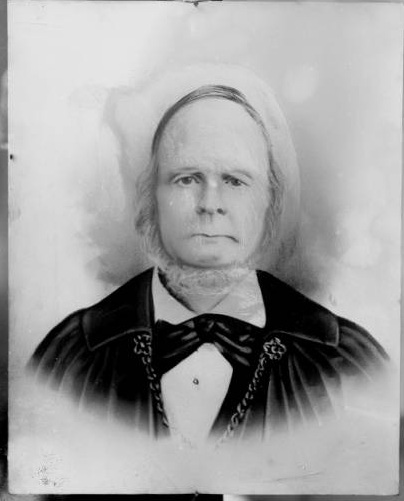
Zerah Pulsipher: A Pioneer Day Reflection
In the movie version of the popular Harry Potter series, a father-figure to the titular character tells Harry that: “The world isn’t split into good people and Death Eaters [henchmen of the main villain]. We’ve all got both light and dark inside of us.” While a fantasy film, there is a kernel of truth in…
-

First Vision Special Edition
Before I move on from discussing the First Vision, I wanted to share something that I find exciting. Once in a while in Mormon studies journals, special volumes focus on the First Vision—such as the Spring 1969 issue of BYU Studies and a 1980 volume of the Journal of Mormon History. These volumes, along with a few other essays, books,…
-
“By his own admission”: a one-footnote review
John Hammond’s Quest for the New Jerusalem: A Mormon Generation Sagastates that Sidney Rigdon, “by his own admission, ‘made up’ religious experiences in his youth,” which seems like something worth looking into.
-
It Matters Why the Church is Pro-Life
Edited with author’s note on the comments at end of post. Abortion is a hot-button issue. Maybe the hot-button issue. That’s why–after finishing a draft of this post in November of 2019–I sat on it for almost a year. I’ve rewritten it and am posting it because I’ve realized it’s important to understand not only…
-
Memory and the First Vision
How do we account for differences between the various accounts we have on record of the First Vision? What role does memory play in how it was presented over time? How have we viewed those accounts since they were first recorded? These are big questions that are central to our understanding of Joseph Smith’s experience. …
-
Quotes to accompany your Come Follow Me study – Alma 30-31
This coming week’s Come, Follow Me lesson covers Alma 30-31. Here are a collection of quotes from General Auxiliary Leaders of the Church, that you can use in your family or personal study. Alma 30 The Book of Mormon warns against false teachings. “As you use your agency to carve out time every day to…
-
Notes on Book of Mormon Philology. Vb4. The utility of philology: Jacob and Sherem
Imagining the Book of Mormon as a complex work reflecting numerous steps of compilation and abridgment helps explain some curious features of the encounter with Sherem in Jacob 7.
-
All Are Alike Unto God
I’ve been thinking about the issue of race in the Church (and the history of the temple and priesthood ban in particular) a lot lately. As part of that thinking, I am working on a series of posts wrestling with the oft-proposed idea of an apology for the ban, but I did have something I…
-
Notes on Book of Mormon Philology. Vb2-3. The utility of philology: Nephite origins
Thinking of the Book of Mormon as the result of a series of textual accretions and combinations might help make sense of how curiously overdetermined the account of Nephite origins is.
-
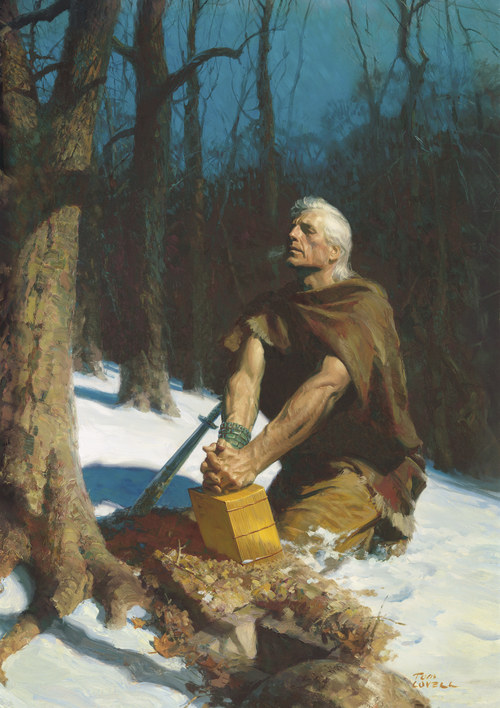
I Even Remain Alone: LDS Men sans Families
I wrote this in over three years ago in response to a call for personal essays on LDS single experiences; alas, it was declined primarily for a lack of anecdotes. It’s not something I would necessarily write today and is longer than a normal blog post. Nevertheless, it’s still a perspective that I rarely see,…
-

Fundamental Principles of Mormonism
Today marks the 176th anniversary of the day that Joseph Smith died in an untimely fashion. As I’ve been pondering on what his legacy means to me personally, I wanted to write about three topics that were central to Joseph Smith’s ministry, at least according to his own words. As far as I am aware…
-
Notes on Book of Mormon Philology. V.The permissibility and utility of philology for studying the Book of Mormon
Is philological deliberation useful for studying the Book of Mormon? Is it even permitted?
-
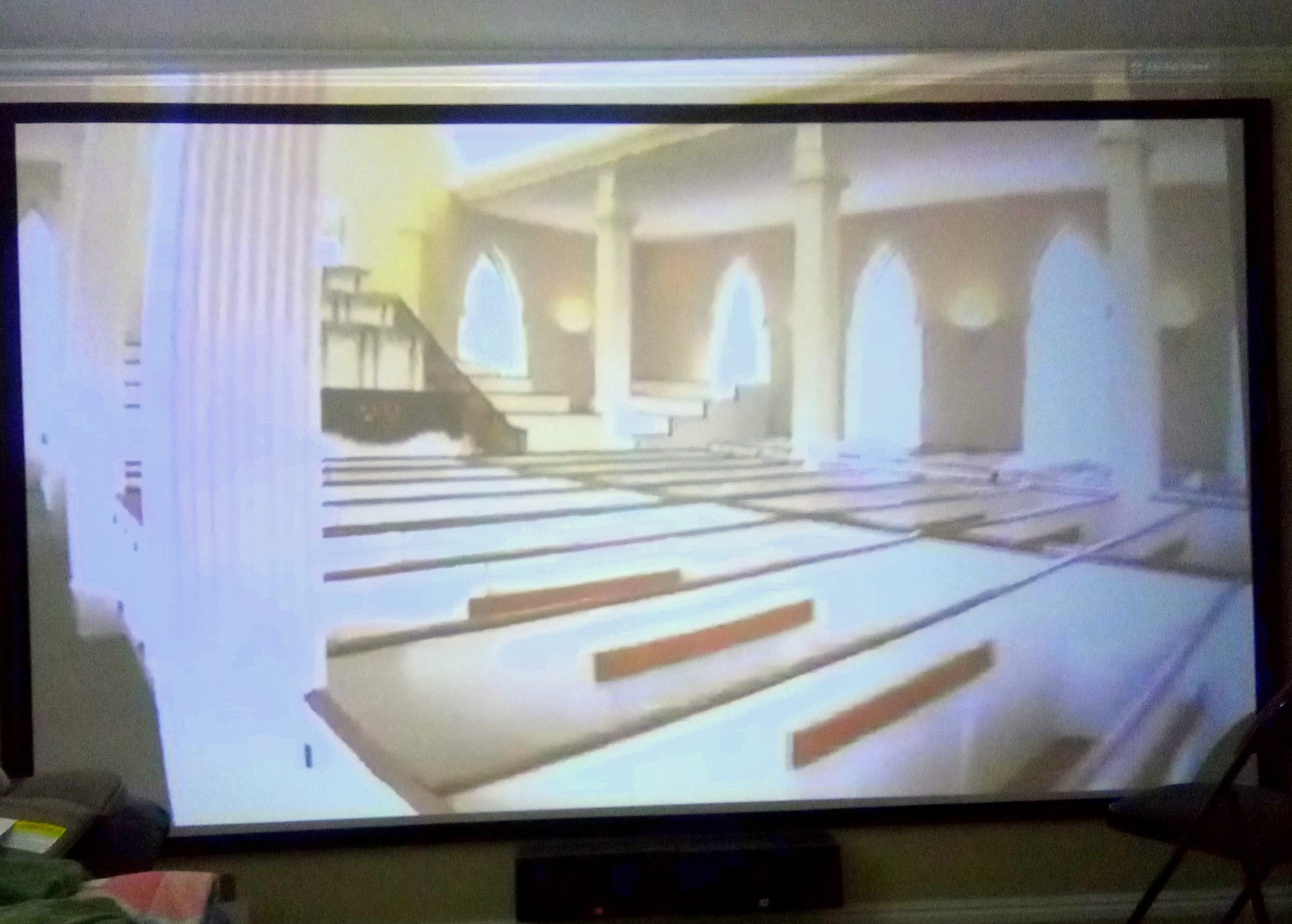
Touring the Kirtland Temple… In Utah
I finally achieved a long-term goal of mine. For years, I’ve been trying to talk my wife into going out on a Church History pilgrimage, with the Kirtland Temple being one of the highlights of the trip we’ve been talking about, but it hasn’t happened until now. Well, it kind of happened, anyway. You see,…
-
Notes on Book of Mormon Philology. IV. The Puzzle of 3 Nephi
Why is 3 Nephi, which records the central event in the history of Nephite salvation and destruction, located between Helaman and 4 Nephi?
-

Statues in the Balance
One of my favorite episodes of the science fiction TV series Firefly is the “Jaynestown” episode. In it, a self-serving mercenary of questionable moral character ends up visiting a planet he has been to before. In the past, he’d attempted to rob the local aristocrat, but in the process of making a get-away, he had…
-
Notes on Book of Mormon Philology. IIIc. The source structure of the Book of Mormon
If you trace the history of a text from earlier manuscripts to later ones, it’s not unusual for the text to be extended in various ways.
